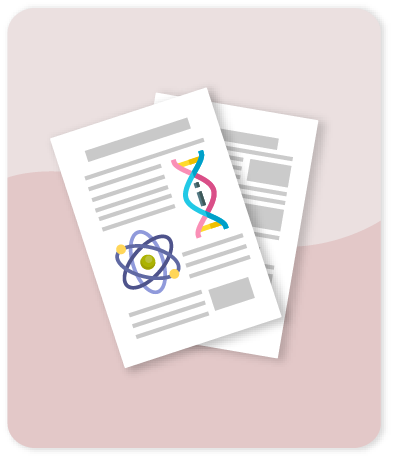Phosphate removal from aqueous solutions by heat treatment of eggshell and palm fiber

Share this
Date
2021Author
Perez S
Muñoz-Sadaña J
Acelas N
Fĺorez E.
Citación
Metadata
Show full item recordAbstract
Phosphate removal from wastewater and the correspondent sustainable technologies are urgent issues to solve since phosphorous causes eutrophication of water sources. The effect of heat treatment on the mixture eggshell (ES), rich in calcium carbonate, with fiber palm (F), rich in carbonaceous material for phosphate removal is here reported focusing on the effects of temperature and F/ES ratio. The gases obtained from the F pyrolysis process help to improve the Ca(OH)2 formation. In samples with a ES/F ratio of 1/10 (ESF-1:10) the CaCO3 is mainly transformed into Ca(OH)2 (83 %) at 600 °C instead of 800 °C. The obtained solids were employed for phosphate removal from aqueous solutions and characterized before and after P removal. The ESF-1:10 sample pyrolyzed at 600 °C exhibited the best adsorption performance (48.3 %) at 2 h while ES showed 6.5 % at the same experimental conditions. The pseudo-second-order model kinetic and Langmuir model isotherm provided better-fitting models for the adsorption behavior of P. The adsorption capacity using Langmuir model was 72.0 mg g-1, and the pseudo-second-order kinetic model assumes that the removal process of adsorbate is controlled by chemical adsorption. These results show that the Ca(OH)2 is responsible for the phosphate removal by ligand exchange followed by precipitation mechanism leading to the formation of apatite. © 2020 Elsevier Ltd.
Collections
- Indexados Scopus [1632]
